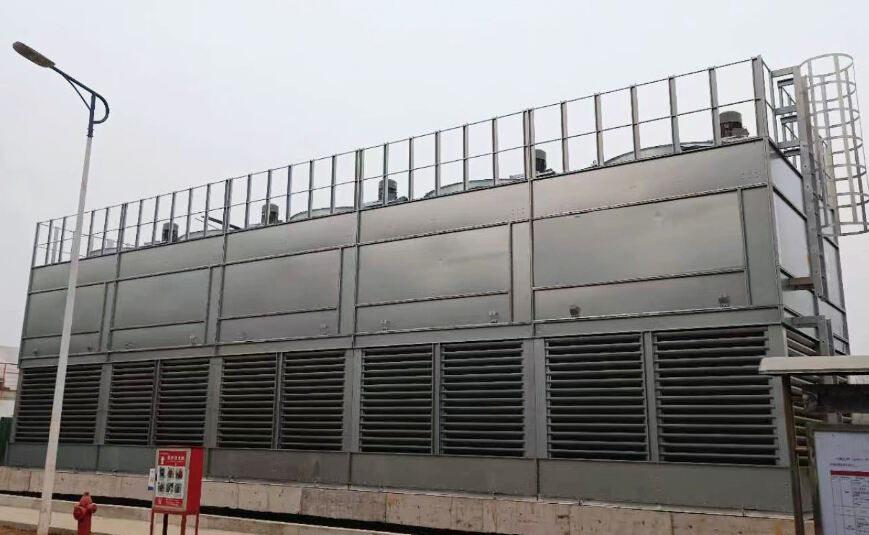rig cooling equipment
Rig cooling equipment represents a crucial component in modern industrial operations, designed to maintain optimal temperature control in drilling operations and heavy machinery. This sophisticated system combines advanced thermal management technology with robust engineering to ensure consistent performance in demanding environments. The equipment utilizes a combination of liquid and air cooling mechanisms, featuring high-capacity heat exchangers, precision temperature sensors, and intelligent control systems that automatically adjust cooling parameters based on real-time operational demands. The system's primary function extends beyond basic temperature regulation, incorporating advanced filtration systems that remove contaminants and maintain coolant quality. These units are engineered to handle extreme conditions, from arctic environments to desert operations, maintaining stable operating temperatures regardless of external factors. The equipment's modular design allows for easy integration with existing rig systems, while its advanced monitoring capabilities provide continuous data on cooling performance, system pressure, and fluid levels. Modern rig cooling systems also incorporate energy-efficient features, including variable-speed fans and smart pump controls, which optimize power consumption while maintaining cooling effectiveness.

